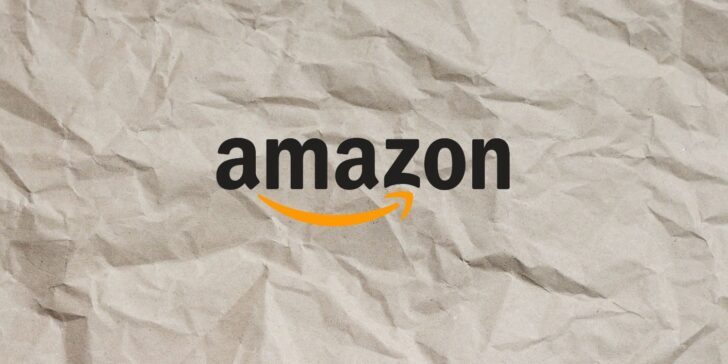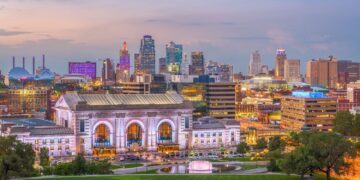When Jeff Bezos quit his Wall Street hedge fund executive job and started the company out of his garage in 1995, it was just a simple bookstore.
He didn’t have any books on hand, but when orders came in, he would find the book, buy it, and re-sell it at a profit. Little did he know the heights of success his business would grow to.
Keep reading to find out just how high those heights reached!
The first book ever sold on Amazon was titled Fluid Concepts and Creative Analogies.

It was purchased by John Wainwright, a friend of Jeff Bezos‘ single employee, Shal Kaphan. The sale was made on April 3, 1995.
Previously, the only books they had sold were run through the system as tests.
Later, an Amazon building was named after Wainwright to honor his historic purchase.
Bezos first wanted to call the company “Cadabra” until his lawyer pointed out that it sounded too much like “cadaver.”

“Amazon” was chosen as a name partly because it served as an iconic goal – to become the largest river of books in the world.
It was also chosen because it started with the letter “A,” putting it near the top of alphabetical search engines.
A third choice, Relentless.com, still takes you to Amazon.
Amazon’s logo shows a smile stretching from A to Z, underscoring the name and signifying that “the company is willing to deliver everything to everyone, anywhere in the world.”
Bezos once hired mobile billboards to drive by Barnes & Noble stores, displaying the question, ‘Can’t find that book you wanted?’ along with Amazon’s website.

In return, Barnes & Noble sued Amazon in 1997, alleging that their slogan ‘Earth’s Largest Bookstore’ was a false claim. The case was settled out of court, but Amazon continued to use the slogan.
Although Barnes & Noble operates 585 storefronts across all 50 states, Amazon still outsells them. Amazon did ultimately become the largest bookstore on Earth, too.
The first year that Amazon turned a profit was 2004.
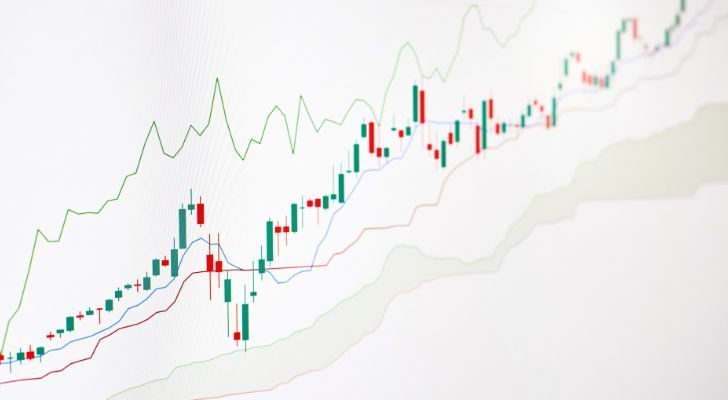
It’s been up, up, and away ever since.
As of 2022, Amazon is the world’s fourth largest public firm by revenue, after Walmart, Saudi Arabia’s oil and gas company Aramco, and China’s State Grid Corporation, which provides utilities nationwide.
Amazon employs nearly 1 million full and part-time people in the U.S.

Amazon is the second largest private employer in the nation, with only Walmart employing more. Worldwide, there are 1.6 million Amazon employees.
Around 750,000 mobile robots also assist in the network of Amazon warehouses worldwide, shuttling products to workers, reading barcodes, and issuing directions.
Amazon.com averages 1.67 billion monthly visits, more traffic than any other e-commerce site.

As of 2022, Amazon had captured about 37% of the e-commerce market, with Walmart, Apple, and eBay each capturing 6% or less.
Amazon.com consistently ranks near the top of the list of the most visited websites in the U.S., though Google, YouTube, and Facebook usually outrank it.
Amazon alone offers over 12 million different products.

This does not include books and other media.
When third-party vendors are included in the count, over 353 million products are available to purchase. Just over 60 percent of Amazon’s revenue comes from third-party sellers.
Things that you cannot purchase on Amazon include full-size homes, automobiles and car parts, any meat that originated in China, tobacco products, fireworks, and live animals, among others.
There are over 100 Amazon fulfillment centers in the U.S.

Add to that another 75 or so spread across the rest of the planet. These centers average 800,000 square feet (74,322 square meters) in size.
The Amazon fulfillment center in Phoenix, Arizona, occupies 1.2 million square feet (111,483 square meters), equal to 28 football fields. Employees at such large warehouses walk miles per shift.
About 200 million people have an Amazon Prime subscription.
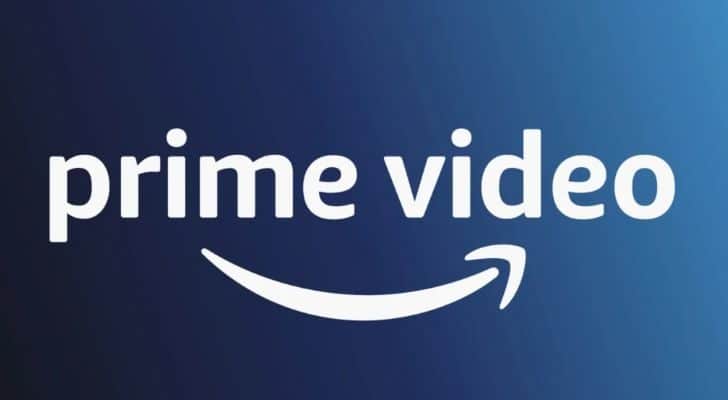
These subscribers are spread out across the 27 countries where Amazon Prime is available, with somewhere around 150 million in the U.S.
It’s been estimated that between 60 and 70 percent of American adults are members of Amazon Prime.
Prime members spend an average of $110 on Amazon each month, but non-members spend only $38 per month.
Amazon has over 300 million active users globally.

Of those, an average of 197 million use Amazon at least once a month. Over two-thirds of consumers prefer using their desktop computers to make purchases.
The Amazon mobile app comes in second place. Trailing in last place are the voice-activated devices such as the Amazon Echo, Dot, and Alexa.
The most popular products on Amazon are electronics.

Gaming systems, including the Nintendo Switch and the PS5, laptop computers, and headphones like AirPods are consistent best-sellers.
They are followed by wearables (clothes, shoes, and jewelry), home and kitchen, beauty and personal care, and finally, books.
The first Kindle e-book reader sold out in five and a half hours.

Released in the U.S. on November 19, 2007, the first Kindle sold out despite the steep $399 price tag. At the time, all that it did was read e-books, and there were only around 90,000 e-books available.
Successive generations of Kindles expanded their abilities, and now the platform offers features similar to any Android-type device.
Fast forward to 2023, and there are over 12 million e-books available for use on Kindle. Although Amazon still reigns supreme as the world’s largest seller of books, it now sells more e-books than paper books.
Amazon’s income jumped by 37.6 percent in 2020, mainly because the pandemic changed shopping habits.
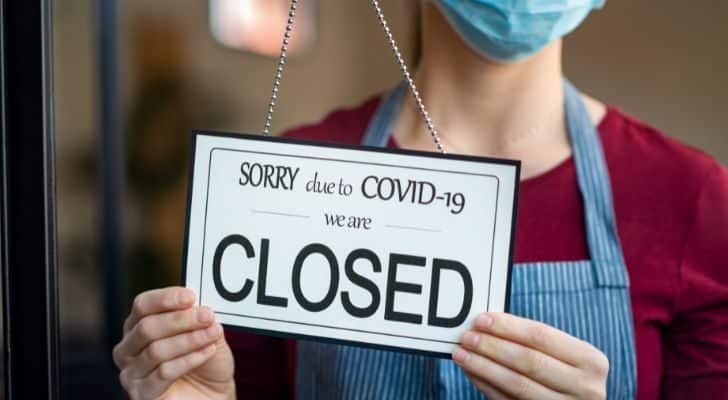
On average, Amazon receives 66,000 orders per hour and ships out 1.6 million packages daily, not including third-party sellers.
Out of the 195 countries in the world, Amazon ships to over 100 of them. Countries that Amazon does not ship to include Iran, Cuba, Sudan, North Korea, and Syria.
In August of 2013, Amazon services went offline for about 40 minutes.

At the time, the company was generating revenue of about $120,000 per minute.
This short delay was costly for the company, with an estimated $4.8 million in losses, though it’s assumed that most shoppers returned later in the day to complete their shopping.
During the Pokémon craze of 1999, Amazon purchased the entire Pokémon stock from the Toys-R-Us website.

Pokémon toys were selling so fast on Amazon that there was fear of selling out, so they hedged their bets by raiding the fledgling e-commerce site of Toys-R-Us.
Even with Toys-R-Us’ free shipping, Amazon likely made a loss – but kept their customers!
Just how high did Amazon reach? The estimated net worth of Amazon currently tops $1.33 trillion, and Jeff Bezos’ individual net worth is estimated at $160 billion.
Amazon’s phenomenal success changed how we do business in many profound ways, and it seems as if there’s no end in sight!

